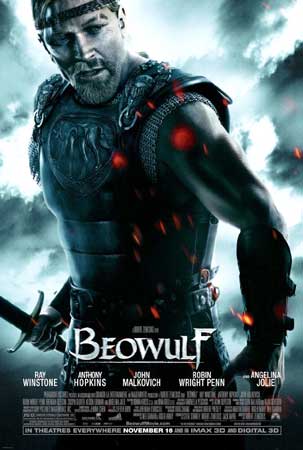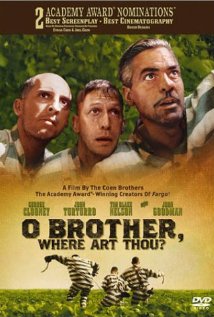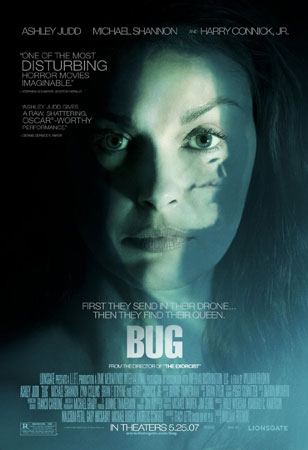
Short Films from Class
December 17
th, 2013
There were four major accomplishments for this years class.
1. All of the projects were written and spoken in English.
2. All of the scripts were written by the students.
3. Four successful short films were made in just six classes of 3 hours a piece.
4. The use of filmic grammar, such as picture size and screen direction, surpassed all of the student work of the previous classes.
The students did all of the lighting, camera work and writing. They worked in teams based on the studio-system with individuals playing all the key
positions: director, assistant director, lighting director, director of photography, grips and continuity. I edited their work to show on the last day of class
and even though acting isn't part of their studies, a lot of talent still managed showed up for class.
Darkroom Whisper
October 14
th, 2013
Call Me Maybe
October 21
st, 2013
The Interview
November 4
th, 2013
A Two Man Job
November 18
th, 2013
The Viking Who Cried Beowulf
August 26
th, 2013
Today's movie was directed by Robert Zemeckis. His filmology includes "The Polar Express" (2004), "Cast Away" (2000), "Forest Gump" (1994) and "Back to
the Future" (1985). This film is an adaptation of arguably one of the most important works in Western literature. Written in England between
700-1000 AD, the story takes place in Scandinavia around the beginning of the spread of Christianity. Wikipedia's page is very informative.
Because this film is of an epic nature, it leaves us contemplating about abstract concepts. Hrothgar is a legendary king with a fantastic mead
hall, but his queen isn't happy, the merry making is boisterous and it wakes the monster Grendel who breaks in and starts killing everybody. Even though
the monster won't attack Hrothgar, he still can't fix the problem. So he needs a hero to come to the rescue.
Enter Beowulf. Handsome and muscular, confident and brave, he says he will rid them of their monster and he does. Any typical story would
end right there. Yet we are only 40 minutes into a film which still has an hour to go. I have written down the events which take place with the
screen-time to the side. It will help you in your analysis of the movie. Here is the link.
Asking certain poignant questions helps uncover the recurring themes throughout the movie.
- Why does Hrothgar kill himself?
- Why does Beowulf agree to give Grendel's mother a son?
- Why is beauty and the posession of riches so important to Beowulf?
- Does Beowulf always tell the truth?
- Is he egotistical? Is he vain?
But don't just take my word for it. Think back upon the film and ask your own questions. Try to find out how the screenwriter, Neil Gaiman and
Roger Avary put these story elements in place to captivate us, keep us interested, and give us insight into the cyclical nature of life.
Oh Boy!
August 19
th, 2013
Today's movie was written & directed by the Coen brothers. Some of their famous titles include "Raising Arizona" (1987), "Fargo" (1996),
"The Big Lebowski" (1998), "No Country for Old Men" (2007) and "True Grit" (2010). Their most recent film is "Inside Llewyn Davis" (2012).
There are three major characters, but only one main character: Everett, Pete and Delmar. A quick anaylsis of the film proves that
Everett is the main character for many reasons. He leads the group. He organized the escape and has the treasure. The story focuses on his
struggle to get back his ex-wife and his seven daughters. And it is his prayer that seemingly brings the flood waters which save them all.
The setting for this movie is the United States, in the deep South. Missippi to be exact. The time period is the Great Depression. The language
spoken by all of the characters throughout the film is frequently ungrammatical. And it is in a thick southern dialect that contains
many references to biblical stories, folk tales and gospel music.
The most important idea in the writing of this story can be summarized by this phrase:
the battle between good and evil for your immortal soul.
Some characters and events in the movie are obviously evil, such as the sheriff, the Klan, the sirens (the three ladies washing clothes in the
river), the fact that Tommy sold his soul to the devil so he could be a good guitar player, the Bible salesman, and jail (which they refer to as
the farm). Other things are obvioulsy good: the convicts on the chain gang, the black guitar player, integration and the people in the town.
Some things are neutral like the criminal George Nelson, religion, Baptism, and the foul-mouthed politician Pappy O'Daniel.
Spend some time relflecting on what happened in this movie, what it meant to the main character and why. Be prepared to write about it in the
future, like on the midterm.
Screenwriting Exercise
August 19
th, 2013
Here is a quick outline for writing short stories.
- Set-up
- Confrontation
- Resolution
This device only works if you have an interesting character. It's difficult to say what makes a character interesting, but here are some ideas:
- The character has an internal conflict.
- The character is special or in some way unique.
- The character has a secret
There are many, many more possibilities. See how many you can think of.
Act I, The Set-up
The main character must have a strong desire to achieve a certain goal. This is the main character's objective. This goal is the main
driving force behind everything that he (or she) does. The
character's motivation for everything comes from this urgent need to complete his plan.
But there must be something in the way.
It's the antagonist!
Act II, Confrontation
In the middle of your story is where the main character and her nemesis square off. The audience accepts your main character as the
hero already, but they will need to see this struggle to gain some insight into why her objectives are so important.
The antagonist is a person who stops the protagonist from reaching her objective. This character is very easy to create and it will
help refine the main character. All of this expands the story because these conflicts add to your ideas. It will also
begin the process of figuring out how the battle is won (or lost), thus making the
resolution easier to write.
Near the end of the second act, the main character must face something that makes her reach a point of no return. There must be some event
that touches
the main character so deeply that she is permanently changed. And after this, you (the writer) should know how to end the story.
Act III, Resolution
Act three requires that you make a choice. How will this conflict end? How you choose to end your story is entirely up to you. Choose an
uplifting ending where everyone lives happily ever after, or a depressing one where everything gets as
bad as it could possibly be.
By answering these questions you will know what to write next.
- How has the main character changed since the beginning of the story?
- What has the main character learned from this ordeal?
- What happens to the antagonist?
- Did it happen by chance or by the actions of the protagonist?
- What is the main character's life like now?
- Will things go on normally or is everything different now?
Outline for the Three Act Structure
Fill in each of these blanks with complete sentences. That is very important. Write your ideas as sentences, and you can
write more than one. Write as much as you want.
Then click the "process" button below. |
 Outlines
Outlines
- Act One - The Setup
- Main character's identity
- Main character's desire/objective
(Major Dramaitc Question)
- The MC makes a choice based on need
- The MC makes a choice based on his nature
- Obstacles prohibiting the main character's success
- details
- details
- Antagonist's identity
- Relationship to protagonist
- Antagonist's goals, desire
- Act Two - The Confrontation
- Relationship with antagonist
- Event 1
- choices based on need
- human nature
- Event 2
- choices based on need
- human nature
- The point of no return
- Tentative answer to the major dramatic question
- wrong answer
- hope fails
- Trial by fire
- it's not enough
- changed forever
- Transformation
- spark
- resolve
- Act Three - The Resolution
- Resetup
- Final event
- Major dramatic question definitively answered
- Proof
- Final event ends
- The obstacle is obliterated
- details
- details
- Epilogue or Postmortem
|
 Outlines
Outlines
|
Bug
August 5
th, 2013
The movie "Bug" (2006) was directed by William Friedkin. He has directed some very famous movies such as
"The French Connection" (1971) and "The
Exorcist" (1973). The screenplay for this movie was written by Tracy Letts who adapted it from his
play of the same name.
The movie focuses on two people, Agnes and Peter, and their descent into madness. It is the performance of Agnes by
Ashley Judd which really
makes the movie great. Not to mention another great performance by Michael Shannon, who most recently played Zod in "Man of Steel" (2013).
What I would like for you to think about are the reasons that a seemingly normal person could be drawn down into insanity by another obviously
paranoid person. What are the main reasons for Agnes' descent into madness? What factors contribute to her demise? Why does Peter have so much
power over her?
Think about these questions and be prepared to write about them in the future, like on the midterm.



